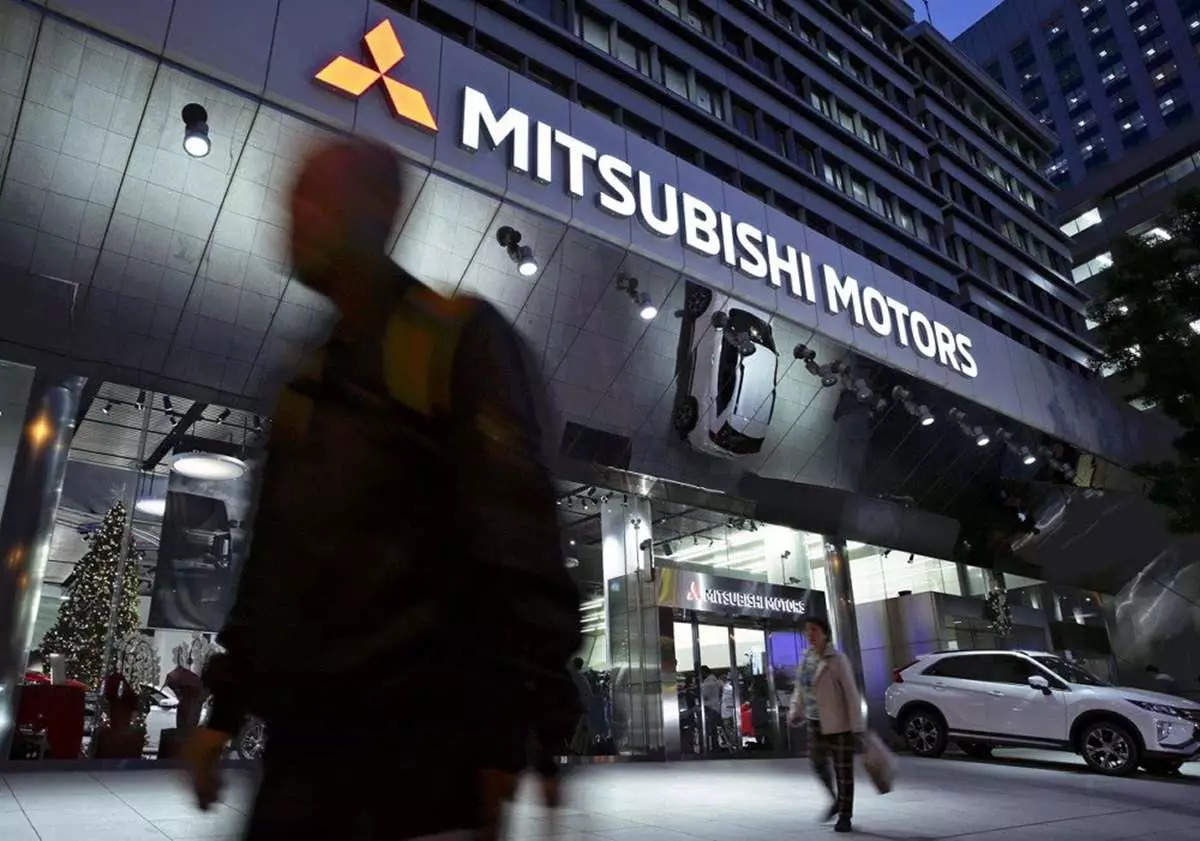
New Delhi: It was sometime in 2018 when a top member of Yamaha Motor’s leadership team told this writer that too much was being read into the (then) prevailing wave of consolidation in the Japanese auto industry.
He was reacting to a query on the commonly held perception that Japan’s Ministry of International Trade and Industry was urging Japanese automakers to forge alliances in order survive in an intensely competitive market. “I don’t think this is the case and there is really no consolidation happening in Japan. Each of these is a case-by-case issue in my view. As I have already said, harmonisation is the way forward with true competition remaining intact,” said the Yamaha Motor executive.
This was also the time Nissan had picked a stake in Mitsubishi while Toyota and Suzuki were coming together. Even in the case of Yamaha, it had buried the hatchet with former foe, Honda, and the two had decided to collaborate for production of small scooters in Japan.
The Yamaha CEO urged caution once again and reiterated that the alliance with Honda should not be misinterpreted as the beginning of a stronger association in other areas. “I don’t know yet what could happen but we will have to wait and see if there is some outcome with this harmonisation,” he said.
China’s might
Fast forward to 2024 where the latest news from Japan is that of Mitsubishi joining a Honda-Nissan alliance for electric vehicles. Much water has also flowed under the bridge since the time the Yamaha CEO made his observations six years ago. Today, the name of the game is electrification where the Chinese have taken an unassailable lead worldwide even while they face stiff entry barriers by way of hefty tariffs imposed in the US and Europe.
China is determined to prove a point in the global automobile arena with its overwhelming competencies in electric where it has left the rest of the world far behind. This was not entirely surprising given the huge strides the country has made over the years right from the time it emerged as the largest producer of cars (around 30 million units annually) going on to becoming the largest exporter too.
However, what has given the rest of the world the heebie-jeebies is China’s overwhelming supremacy in EVs which is now threatening to make most other countries almost redundant in this space. They are beginning to realise that there is just no way they can compete with Chinese EVs on costs and features.
Japan knows this too and this explains why its automakers are now keen on joining hands to be able to take on China. Historically, the two countries also have little love lost for each other thanks to hateful memories of World War 2.
Toyota has been leading this consolidation effort with alliances sewn up with Suzuki, Subaru and Mazda while giving a specific role to its subsidiary, Daihatsu, for growing the ASEAN region. Honda, the other prominent brand in Japan, already made public its intent to explore a partnership with Nissan.
Mitsubishi as ally
With Mitsubishi now set to join this duo, there will hopefully be more savings on costs in the electrification journey. Nissan, incidentally, has a 34% stake in Mitsubishi and had bought out this stake in 2017 when the latter was in dire need of a lifeline.
The world, however, seems to be in pause mode on EVs compared to the dizzy levels of optimism that were evident less than a year ago. The reason for that is doubtless the ogre-like presence of China while the rest have been reduced to pygmies in comparison. Now add to this China’s own global ambitions which have left other countries, especially the West, in a state of absolute paranoia.
In the case of Japan, it has clearly opted for the consolidation model where its homegrown automakers are now teaming up and attempting to hold their own against the formidable Chinese. Decades earlier, the scenario was pretty much the same except that it was the Japanese car brands which were in the driver’s seat. This time around, they are on the back foot (along with the result of the world) against a rival which is going all out to prove its superiority in EVs.
Japan’s own strength lies in hybrids and policymakers across the world, including India, are now coming around to the realisation that electric need not be the sole solution to cleaning up the air. Biofuels, hydrogen, hybrids, compressed natural gas etc are now being seen as viable alternatives too. The only challenge is that there is just way too much on the plate and automakers must be discerning in their choice of fuel.
Reasonable solution
As an executive of a Japanese OEM told this writer, “We believe the battery electric vehicle is the most reasonable solution for carbon neutrality in the smaller mobility space such as passenger cars and motorcycles. Some markets such as Brazil may accept biofuel-driven vehicles for a while so long as OEMs can continue to produce ICE (internal combustion engine) products. But OEMs may not be able to do because the majority will move to BEVs and not invest on ICE.”
He went on to say that the challenge would essentially lie in the ability to strike the balance while both BEV and ICE (hybrid) existed in the market. While this remained a matter of concern, “agility and adaptability” would be paramount going forward. This will be the mantra for Japanese automakers as they forge ahead in this new era of mobility disruption where they also need to contend with the reality of Chinese electronics makers like Huawei and Xiaomi getting into the EV arena.
The new wave of consolidations and alliances, while keeping China in mind, has also been happening beyond Japan. Stellantis, for instance, was earlier a strident critic of Chinese brands entering Europe without tariff firewalls. It has since bought a 20% stake in Leapmotor of China whose products will enter Europe and India soon. Renault, likewise, has a powertrain alliance with Geely which in turn has been a longtime owner of Volvo Cars.
Even prior to the electrification wave, carmakers were seeking alliances since it was amply clear that the days of standalone entities were not going to work any longer. Suzuki was in a longterm partnership with General Motors followed by a shorter and more difficult one with Volkswagen. It is now in a more stable place with Toyota.
When Ghosn, Marchionne led the way
The more high profile merger happened in the late 1990s when Daimler and Chrysler came together but it ended up becoming a difficult marriage where the divorce followed in a few years. In sharp contrast was the relatively smoother acquisition of Nissan by Renault where Carlos Ghosn ended up being the poster boy of the automobile industry. The CEO of Renault-Nissan was quick to figure out that consolidation was imperative and in later years had Daimler on board followed by bringing in Mitsubishi into the Nissan fold.
His counterpart at Fiat, Sergio Marchionne, also thought on similar lines and the Lehman crisis saw him move in quickly to snap up Chrysler with a beleaguered Detroit on its knees. FiatChrysler soon became a force to reckon with thanks largely to the Jeep brand but Marchionne still believed the job was not over and reached out to GM for a potential merger. Nothing came out of this eventually and now FiatChrysler has merged with Groupe PSA to spawn Stellantis.
Neither Ghosn nor Marchionne is now around in the new scheme of things. The former is a fugitive in Lebanon after he was accused of financial malpractices by Nissan and arrested in 2018. He then escaped from Japan to Beirut in a dramatic sequence of events and is pretty much forgotten today.
Marchionne passed away in July 2018 at the relatively young age of 66. He is still remembered as the turnaround artist of Fiat which would have other otherwise sunk into a deep abyss. Both Ghosn and Marchionne would have revelled in being part of the new electrification era where their skills would have been put to the ultimate test in coping with the might of China.

